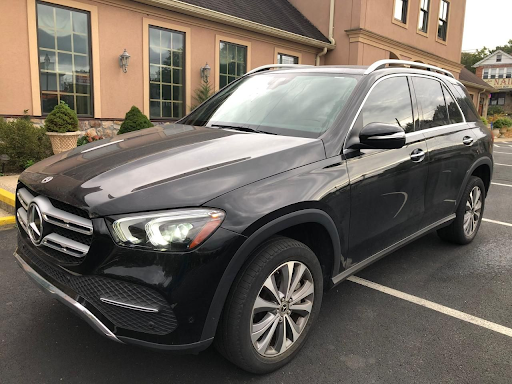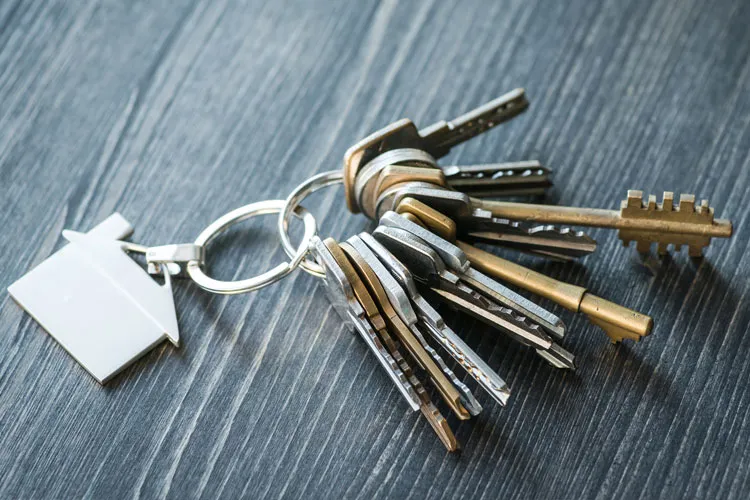A Beginner’s Guide to Buying Hail Damaged Cars: What to Know
For someone trying to save money on an automobile, buying one damaged by hail might be a tempting choice. Even although these vehicles often show visual deterioration, for those who know the method and hazards they may still be very valuable. But first of all, you really need to be clear about what you’re getting into before entering the realm of hail damaged cars. From evaluating the damage to fixing it, and the benefits and drawbacks, this book will cover all you need to know.
1. What Are Hail Damaged Cars?
Automobiles damaged by hail storms—that is, those with dents, scratches, or other kinds of damage—are known as hail-damaged automobiles. Small pellets to big pieces, hailstones can seriously damage the body and windscreen of an automobile. Although this damage normally has little effect on the vehicle’s capacity for operation, it does influence its aesthetic appeal and, hence, resale value.
Cars left outside during hail storms are subjected to these natural elements, which causes damage that insurance companies may classify as a “total loss” should repair expenses surpass the value of the vehicle. Many of these vehicles, nevertheless, are still in use and reasonably priced for purchase. On a budget, hail-damaged automobiles are appealing choices as they generally auction or sell at a far cheaper price than comparable undamaged vehicles.
2. Pros and Cons of Buying Hail Damaged Cars
When thinking about buying an automobile damaged by hail, one must balance the benefits against the drawbacks. Positively, automobiles damaged by hail usually are far less expensive than their undamaged equivalents. This price cut lets consumers purchase a car with greater features than they may otherwise be able to pay for or a newer model. For people who value use over looks, damaged cars may save a lot of money.
Conversely, the cosmetic damage may compromise resale value. Should you intend to market the vehicle later, you might find it difficult to attract a buyer ready to ignore the obvious damage. Furthermore, even if the damage looks minimal, repair expenses can soon mount up, particularly if the car requires major repairs. One should also take into account the possible influence on insurance prices as certain insurance providers could charge more for past damaged vehicles.
3. How to Inspect Hail Damage
Thorough investigation is absolutely essential before buying an automobile damaged by hail. One initial consideration is the degree of the damage. Although roof, hood, or trunk dents seem only decorative, it’s important to look for any underlying problems the hail could have created. Large dents, for instance, could compromise the aerodynamics of the vehicle, therefore causing either poor fuel economy or wind noise.
Look for hail-created cracks or chips in the glass and windshield. Little cracks can spread over time and need expensive repairs or replacement. You should also give the paintwork thorough inspection. Hail may damage paint, and if neglected rust results. Should the metal of the automobile have been exposed, rust will develop and therefore compromise the structural integrity of the car.
Check last for any possible internal damage. Although hail mostly affects the outside, it’s a good idea to have a professional check the automobile to guarantee that nothing mechanical—such as the engine or electrical components—was damaged.
4. Understanding the Repair Process
Should you choose to buy a car with hail damage, you should be aware of the repair involved. Paintless dent repair (PDR) is a method used to correct many hail-caused dents without compromising the paint on the automobile. This approach may be a reasonably affordable way to restore the look of the car and is especially helpful for little damage.
But for more serious damage, conventional bodywork might be called for. This might include expensive replacement of elements like the roof or hood. The total repair expenses will also be higher if the hail damage cracks the glass or the windshield calls for replacement.
Before making a purchase, one must first project repair expenses. To decide whether the purchase is still a good bargain, you need to include these expenses into the whole cost. Although fixing the automobile can raise its resale value, it might still not match that of an undamaged car.
5. Insurance Considerations for Hail Damaged Cars
One of the main worries of purchasing an automobile damaged by hail is how it would impact your insurance. Not all insurance companies will cover previously damaged cars, and those that will may have higher rates. Before you buy, be sure you discuss with your insurance agent how the hail damage might affect your policy.
Should you purchase an automobile deemed a total loss by the insurance company, it might come with a salvage title. This classification indicates the automobile has been seriously damaged; ensuring it might prove challenging. It’s advisable to gain clarity from your provider ahead of time even if the automobile is still operational as the insurance process for a hail-damaged car with a salvage title might be complex.
6. Where to Buy Hail Damaged Cars
Usually sold either in person or online, hail-damaged vehicles find homes in salvage auctions. Particularly following a significant storm, some dealerships might possibly have hail-damaged cars at reduced rates. Since automobiles are usually offered “as-is,” with no guarantees or warranties, it’s crucial to conduct your homework and learn the auction procedure before buying one.
Ask about the history of the car, including the degree of the hail damage and any past repairs, if purchasing from a dealer. Deal carefully with private vendors; they might not reveal the whole degree of the damage. Ask for a car history report always to be sure there are no unanticipated shocks.
7. Tips for Negotiating the Price of a Hail Damaged Car
Purchasing a car with hail damage has mostly advantages in terms of possible savings. To obtain the greatest bargain, though, you will have to be ready to haggle. Look first at the market worth of the car should it be intact. From then, consider repair expenses and apply this knowledge to ascertain a reasonable price.
Remember too that dealerships might be more eager to haggle on automobiles with hail damage, particularly in cases of recent damage. If you are purchasing at an auction, create a budget and follow it as the bidding process easily leads one to become carried away. The secret is to make sure the whole cost—including repairs—is less than what you would pay for an automobile of the same make and model undamaged.
Conclusion
If done with the correct information and care, purchasing an automobile damaged by hail can be a wise financial move. Although the first savings might seem enticing, it’s crucial to examine the car carefully, know about the repair procedure, and take resale value and insurance into careful thought. Following the advice in this book will help you negotiate the process with assurance and make a wise choice that satisfies your demands and financial constraints.






